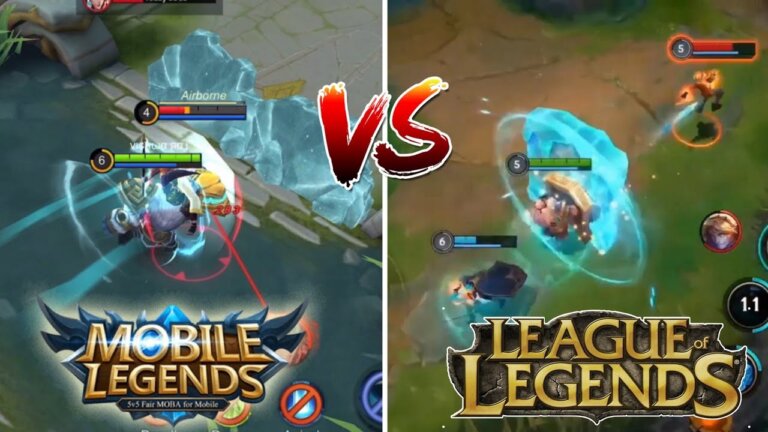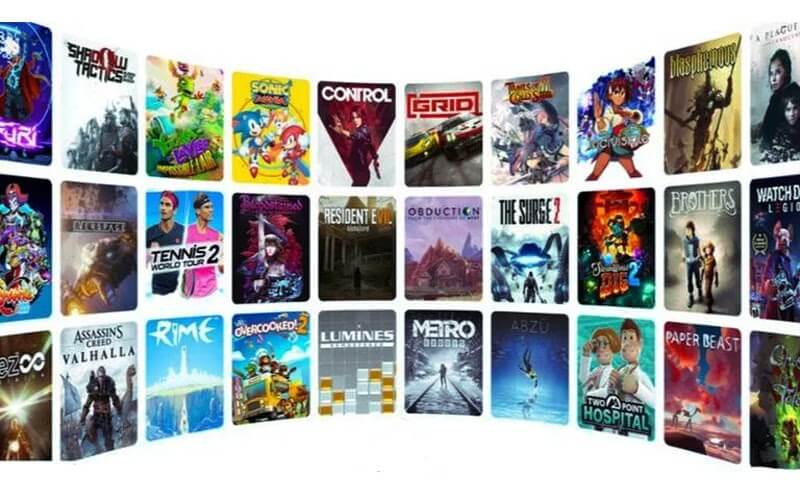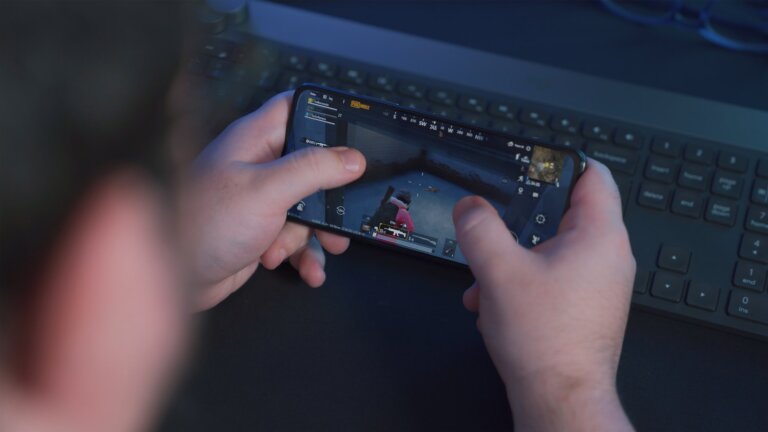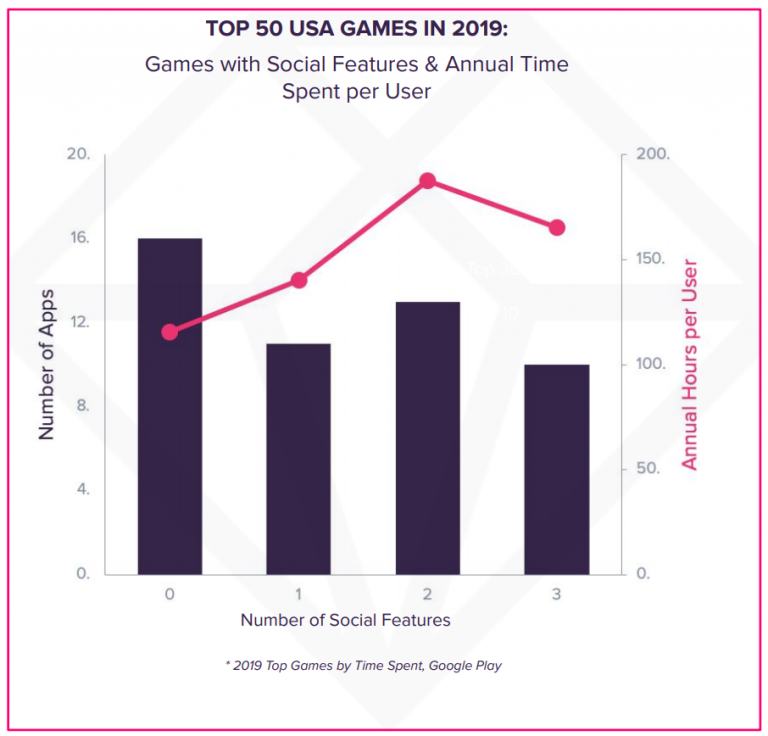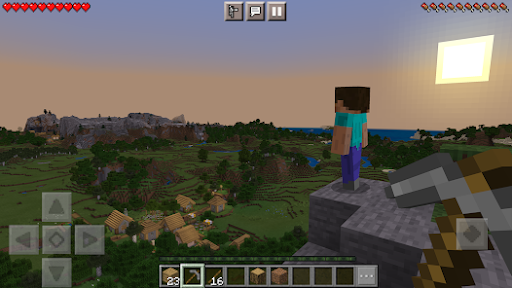Games as a Service (GaaS): What It Is and How It Works

You don’t have to buy a powerful PC or console to play modern games. Instead, you just need a reliable Internet connection, which is required to send game information to the app or browser installed on the receiving device. The game is rendered and played on a remote server, but you see and interact with everything locally, that is, on your device. Games as a service are based on this principle. It’s like Netflix or any other streaming platform. The only difference is that the server from which the video stream is coming can also accept and respond to user input.
What Is Games as a Service (GaaS)?
The “games as a service” term can relate not only to the hardware needed to play the game but also the game’s monetization model.
GaaS is a way to monetize PC games after the start of their sale, by subscription, or by supporting a free distribution model. The GaaS model includes long-term support from developers, the introduction of new content, and the retention of a paying audience.
Unlike traditional video games that are bought only once, games as a service are constantly “alive”, with an endless development cycle and new exciting seasons. Most of the GaaS revenue comes from microtransactions – payments for additional items within the game.
Until recently, the idea of GaaS sounded too innovative, but it has already become a reality: millions of gamers use the cloud gaming services GeForce Now and Google Stadia. Analysts predict that this industry will earn at least $1.5 billion in 2021.
Based on a recent study by Juniper Research, cloud gaming, despite its impressive growth, is not yet ready to seriously change the “rules of the game” in the gaming industry.
There are three key reasons:
- Many ISPs around the world do not offer unlimited plans, and 5G is not available everywhere. Because of this, not everyone will be able to play in the cloud as much as they like and anywhere.
- Some of the most popular games today are free and not too demanding on hardware.
- Most users enjoy owning purchased games rather than just accessing them. If this paradigm ever breaks, it will take time.
In numbers, Juniper’s forecast looks like this: in the period until 2023, cloud services will bring about 25% of the revenue of the subscription games market. At the same time, the subscription market itself will bring about $8 billion, while the entire gaming industry – more than $200 billion.
Figures from a similar study by Newzoo, a leading video game analyst company, diverge from Juniper’s data by several times. According to their forecast, the cloud gaming industry will earn at least $5.14 billion by 2023.
However, the main conclusion of the Newzoo researchers confirms: neither 1% nor 2.5% can in any way be called a revolution in the market. If the future belongs to cloud gaming, then in the next two years it most likely will not come – for this, cloud services will have to attract many more customers.
At the same time, Yves Guillemot, the head of Ubisoft, one of the largest video game companies in the world, predicted that playing in the cloud would one day become “more reliable and convenient”, and there would be no need to buy consoles and gaming computers. Such an outcome could become profitable for services like GeForce Now, Google Stadia, and Shadow. They actually rent out powerful hardware to the players, but the players still have to buy games separately, on Steam, or in another digital store.
GaaS Model: How It Works?
The key characteristics of the GaaS distribution model are as follows:
- Microtransactions. These are purchases of extra content in the game, such as characters, items, maps, rewards, or weapons. These purchases are optional, but the purpose of this model is to encourage players to acquire the extra content and thus improve their gaming experience.
- Updates on a regular basis. Games as a service should be updated regularly, but not too frequently. It is important to find an optimal balance, depending on the type of your game. For example, industry giants like Epic Games or Bethesda Softworks release new “seasons” for their games approximately once in three months.
- Community around a game. The most valuable asset of any game is its players, and the socially active ones are even more valuable. Exactly these people form a community around your game, not only on social media but also directly inside the game.
- Support. Ongoing support of players by developers is an integral part of any GaaS, even at the soft launch stage. As the number of players will be growing, try user segmentation. Divide the players by a number of criteria, such as paying users, long-time users, etc. Use automated responses to speed up the answers.
- Marketing efforts. To keep your game up and running, be sure to buy traffic every year, launch worldwide campaigns, reach out to influencers, optimize the game for SEO/ASO, etc.
The GaaS development cycle includes the following stages:
- Initial release
- User behavior analysis
- Adjustment of the game mechanics based on user feedback
- A/B tests
- New content creation
- Localization & QA
- Publishing of updates
Games as a Service Payment Options
Games as a service typically have the following payment models:
- Free to Play (FTP). FTP is the most popular model for a game as a service. As we can guess from the name, its main idea is that the user plays the game for free. However, the user can pay for extra improvements, such as visual content (skills), boosters (typical for three-in-a-row mobile games such as Candy Crush), and seasonal subscriptions.
- Service subscription. The player purchases a monthly subscription and can access a library of games by selected publishers. Cloud streaming is one of the types of service subscription. With Google Stadia, the games will be ready to play on every device that runs Google Chrome.
- Pay to Play (P2P) + Downloadable Content (DLC). This model is the riskiest one because of large launch marketing costs, tough competitors such as Blizzard and Ubisoft, and long production cycles. This model is more popular for console and PC markets and is relatively new to mobile gaming markets.
Examples of GaaS
Now we are going to list some popular games that can serve as examples of games as a service.
Fortnite
First released in 2017 by Epic Games, Fortnite is now one of the most successful games as a service. As of 2020, the game had reached 350 million players who had spent over 3 billion hours in the game. The game is distributed according to the F2P model. Every three months Epic Games releases new seasons of Fortnite, earning money on microtransactions. As of 2020, their revenue comprised $1.2 billion.
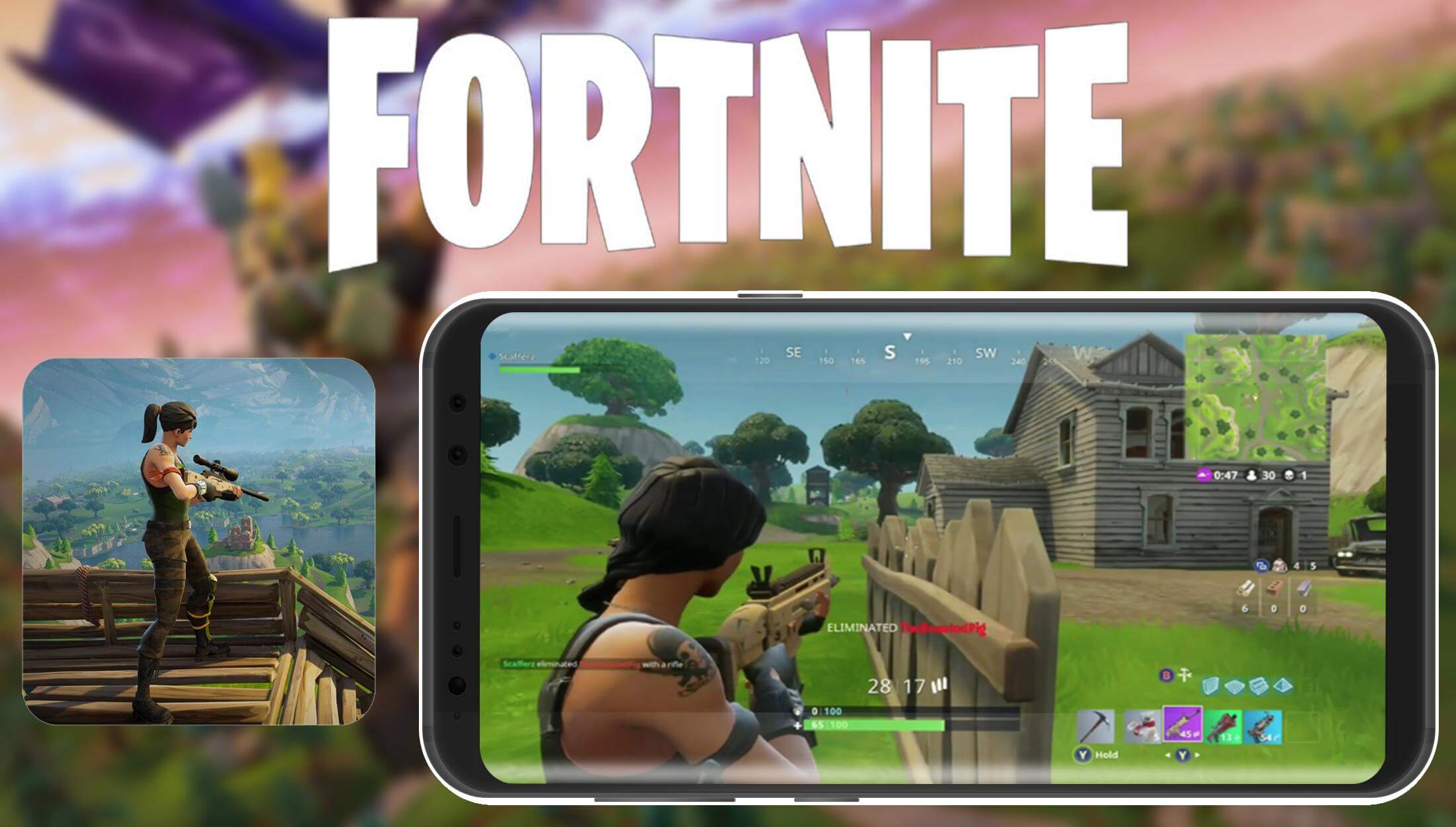
World of Warcraft
A pioneer in the GaaS area, World of Warcraft by Blizzard Entertainment was first to introduce the monthly subscription model, which owes its success to the game’s large and active online community. Having been on the market since 2004, the game brought its creators $8 billion as of December 2020. The number of players was last shared in 2015 and comprised 5.5 million.
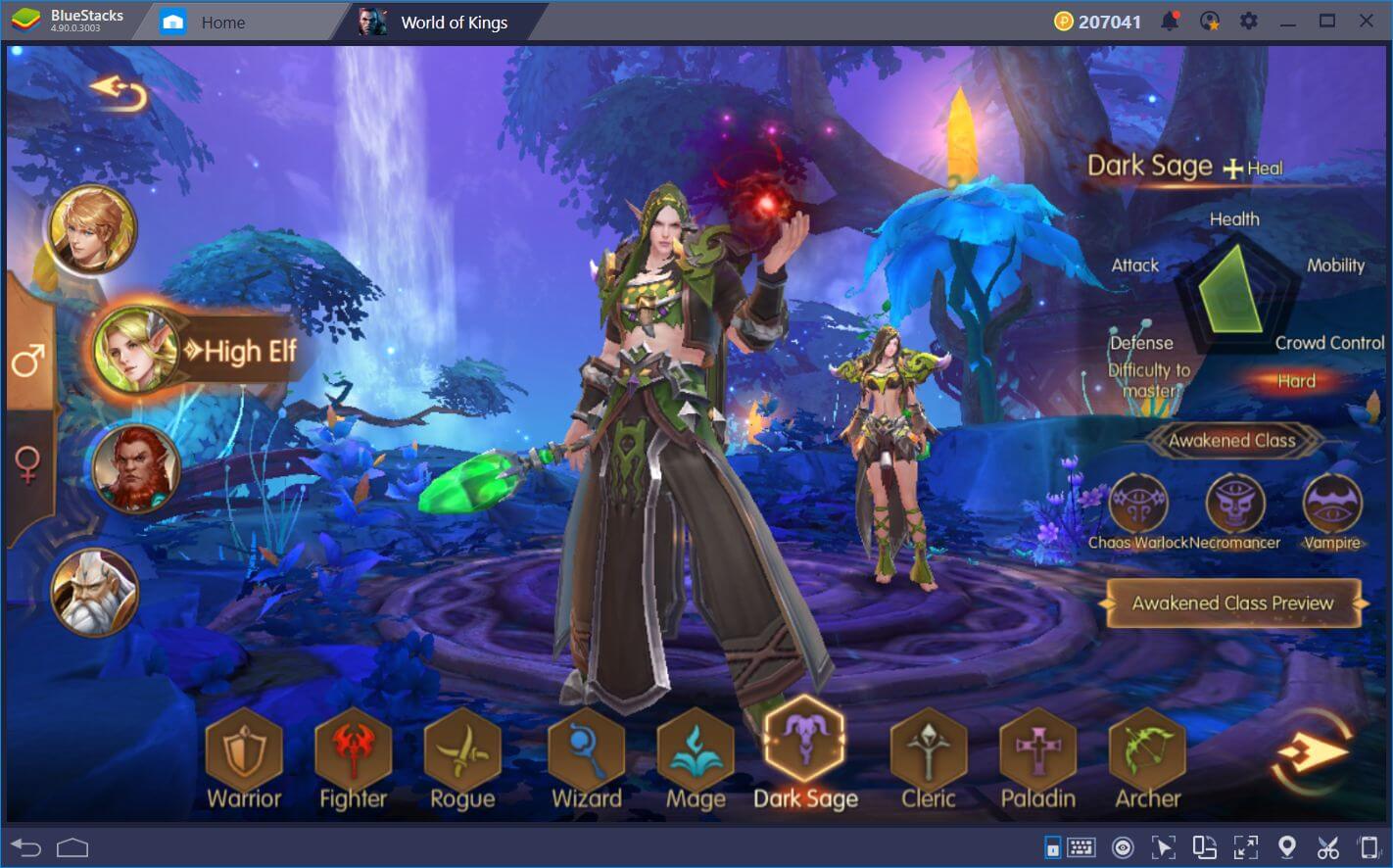
Candy Crush Saga
This game demonstrated the most successful use of the freemium model. Candy Crush Saga can be played for free but players can buy special actions to clear more difficult boards. King, the developer of the game, earns from these microtransactions.
The game was first released in 2012 as a browser game. Two years later, it counted over 93 million players, and company revenue comprised around $493 million. Five years after its release on mobile, Candy Crush Saga received over 2.7 billion downloads and became one of the most played mobile games.
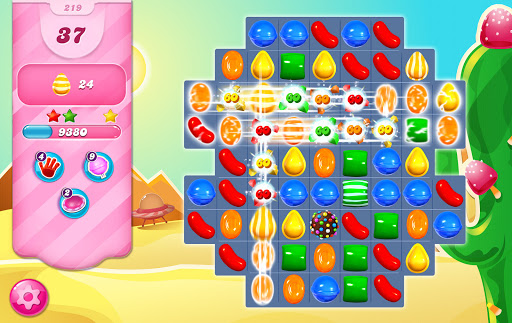
Pokémon GO
Pokémon Go by Niantic is also a free-to-play game where players can buy various items to help them progress faster. Pokémon Go has an in-game currency – Pokécoins, for which you can buy any in-game items in the store. Also in the store, you can exchange Pokécoins for additional space in the Pokémon storage or in the bag. The longer a person plays, the more space their collection takes up. According to SuperData analysts, in the first four days, users spent $14 million in the game. In general, the game creators earned over $5 billion in lifetime revenue in five years, as of 2021. As of July 30, 2021, the game reached over 70,000 average monthly players.
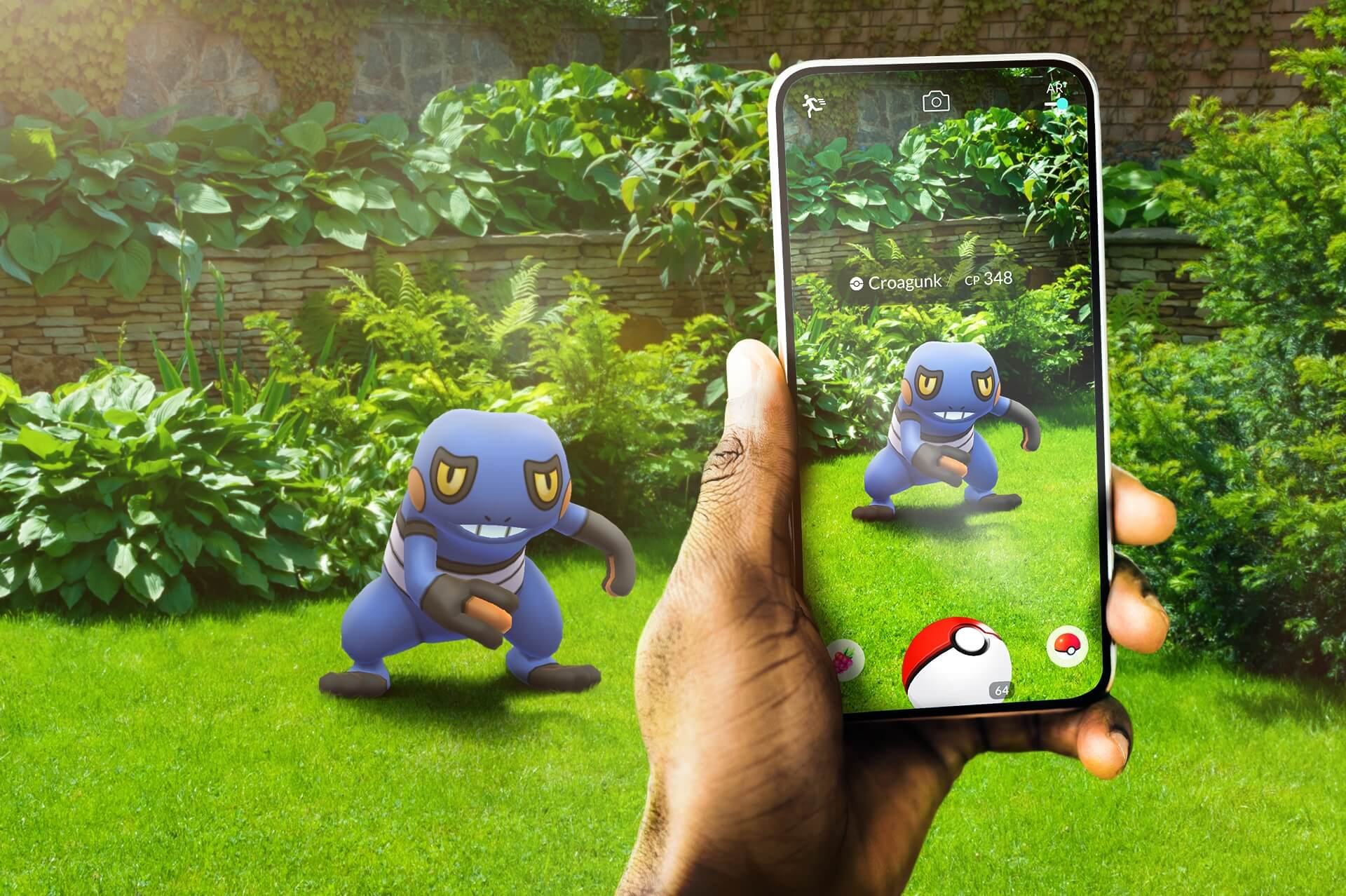
Dragon Eternity

This is an example of browser and mobile games as a service. Dragon Eternity is a cross-platform game in the MMORPG genre, developed by Q1 and released by Game Insight in 2011. The game is available for iOS and Android, on Facebook, and the web version of “Dragons of Eternity” is available through a browser. The game is distributed according to the free-to-play model.
League of Legends
League of Legends is a real-time strategy RPG video game, which was developed and released by Riot Games on October 27, 2009, for the Windows and macOS platforms. The game is free to play. As of 2020, the monthly audience of the game is 115 million players worldwide.
In July 2009, Riot Games announced that the game would be distributed free of charge over the Internet. The number of microtransactions carried out in League of Legends between January and September 2014 amounted to $946 million, having surpassed all other online games, including World of Warcraft ($728 million) and its main rival Dota 2 ($136 million).
In 2016, 7 years after its release, the game brought in $1.7 billion for its creators, becoming the most profitable PC game for the third year in a row.
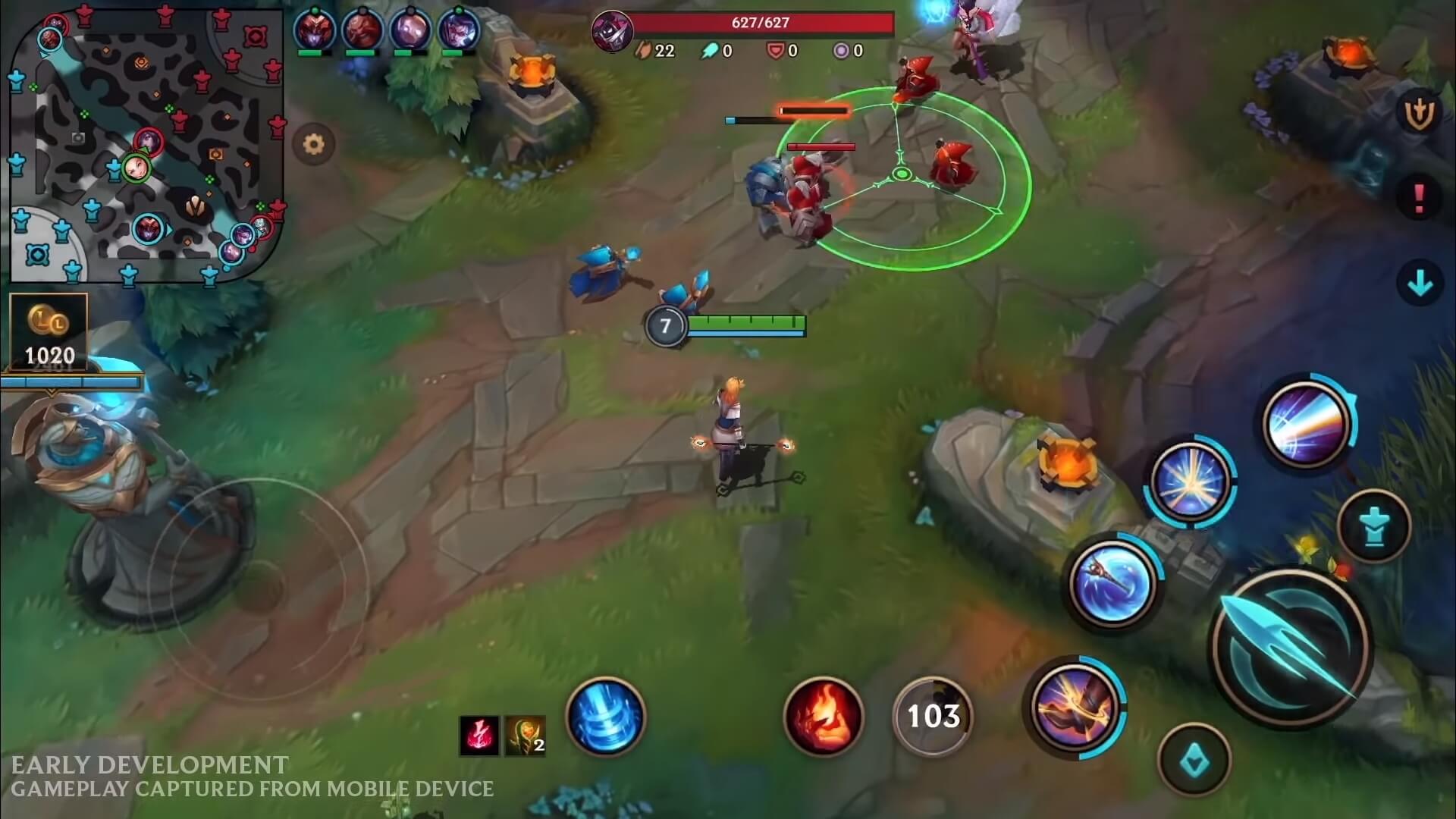
Dota 2
This multiplayer online battle arena game was released in 2010 by Valve. The game is completely free to play but the players do not need to buy extra elements. To maintain the games as a service model, Valve sells loot boxes and a monthly subscription system called Dota Plus. In 2018, the company released a major update that introduced Dota Plus.
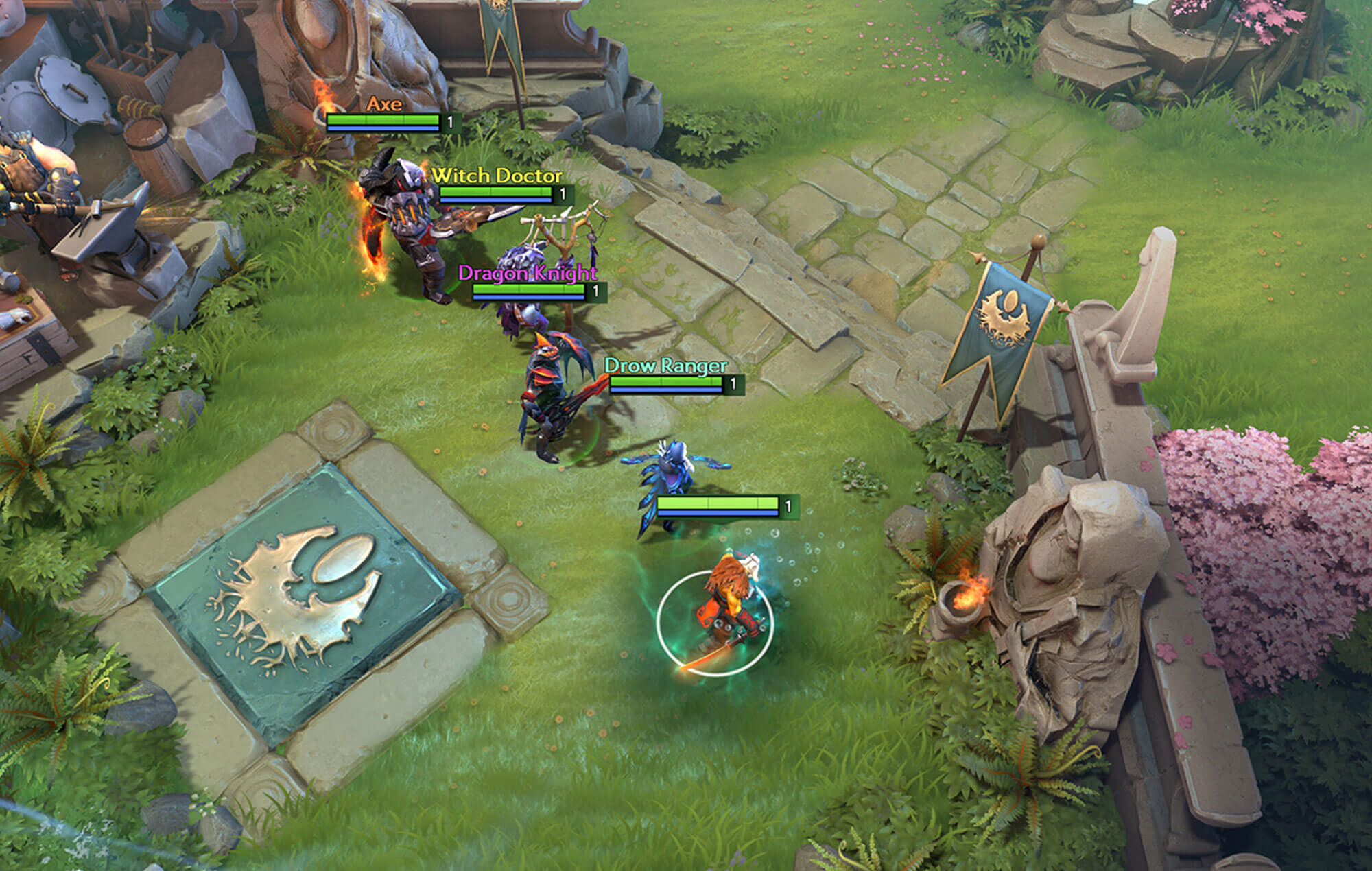
According to Valve, the service mainly provides help for beginners, such as the Dota Plus assistant. At the selection stage, the assistant offers items depending on the heroes selected in the team and the indicated lines. During the game, it will offer three sequences of items, as well as a list of other popular purchases. Additionally, the assistant helps with skills that should be investigated first of all during the game and advises which hero to choose depending on the situation. The assistant also shows a summary of deaths indicating the chronicle of incoming damage, helps to get on the battle line correctly, shows a detailed analysis after the game, and the probability of victory graph.
Destiny 2
Destiny 2 is a first-person shooter game with MMORPG elements developed by the American company Bungie. The game was released in 2017 for PlayStation 4, Xbox One, and Microsoft Windows. In 2019, the game switched to a F2P distribution model, and the PC version became available on Steam.
In the same year, the game was released for the Stadia cloud service, and in 2020 – for the PlayStation 5 and Xbox Series X/S. As with the first part of the game, Destiny, Bungie continued to support Destiny 2 with DLCs after launch, adding new content and missions to the game. The total player base of Destiny 2 is estimated to be around 31 million players as of 2021. These games as a service brought their owners $500 million in worldwide sales.
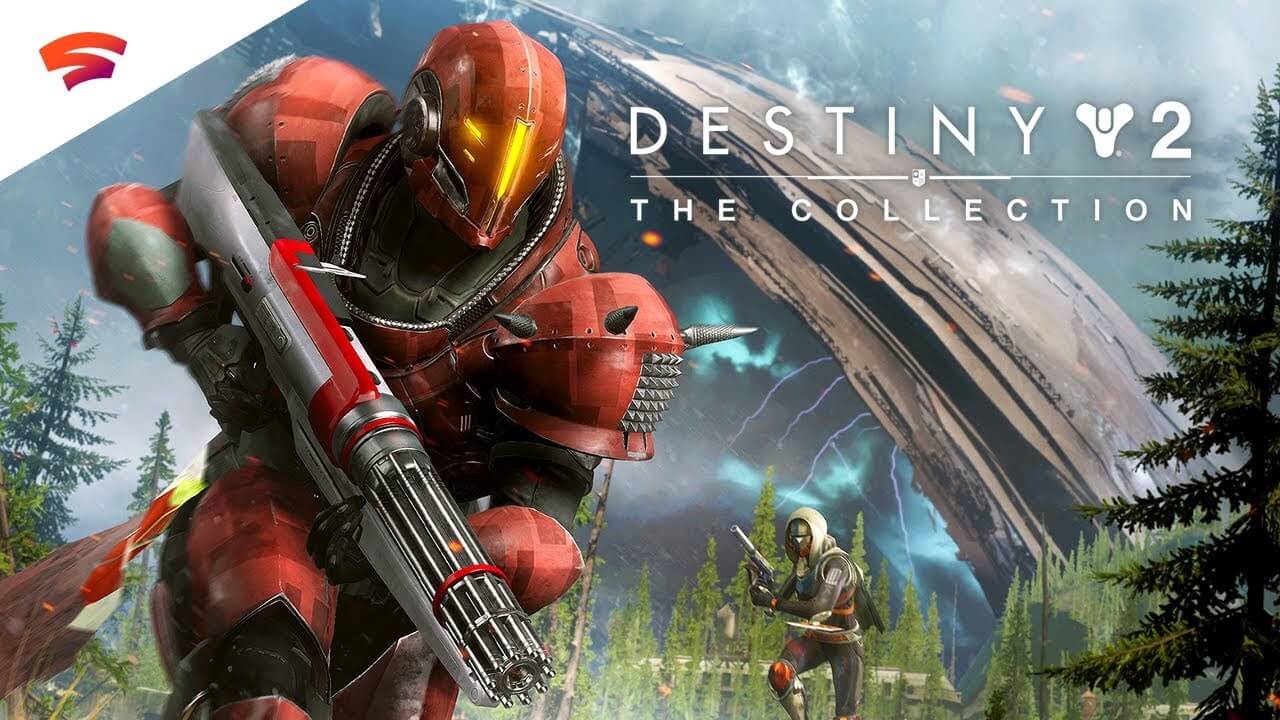
The Elder Scrolls Online
This is an MMORPG developed in 2021 by Bethesda Softworks. The game offers a “hybrid” payment model: the player can buy the game and play without paying for a subscription. In the future, the player can buy add-ons for a separate fee or pay for an ESO Plus subscription. This subscription gives access to all released add-ons (except for the last released “chapter”), a craft bag with an infinite number of inventory slots for storing craft materials, and many other benefits.
In addition to the subscription, the Online version has an in-game store that uses a currency called “crowns”. Players can use crowns to buy various add-ons, upgrades, cosmetic items, and loot boxes. With the transition to a new business model, the developers abandoned their initial plans to release new content every 4-6 weeks and announced new plans for the release schedule – paid additional content will be released every three months. Along with each paid add-on for the game, the company releases free updates with new content, changes to the current aspects of the game, and fixes.
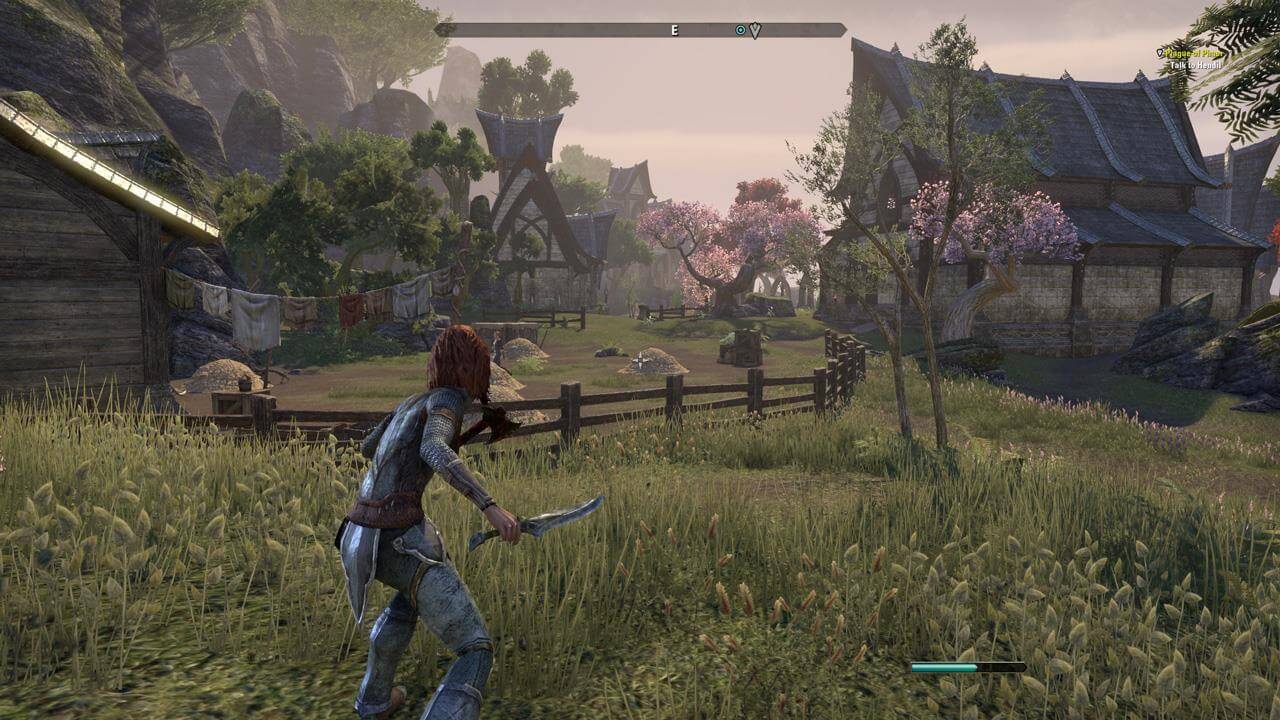
The Witcher 3: Wild Hunt
The Witcher 3: Wild Hunt is an action RPG game developed by the Polish studio CD Projekt RED. Released on May 19, 2015 on Windows, PlayStation 4 and Xbox One, then on October 15, 2019, on Nintendo Switch, it is a sequel to The Witcher (2007) and The Witcher 2: Assassins of Kings (2011). The games are based on a book series by Andrzej Sapkowski.
In November 2014, CD Projekt RED announced its intention to release 16 small free downloadable add-ons for the game. Everyone who bought the game, no matter the platform and type of publication, got an opportunity to download them. The company continued releasing free add-ons almost every week from May to August 2015, including individual items like armor and crossbows, alternate skins for the main characters, and side quests.
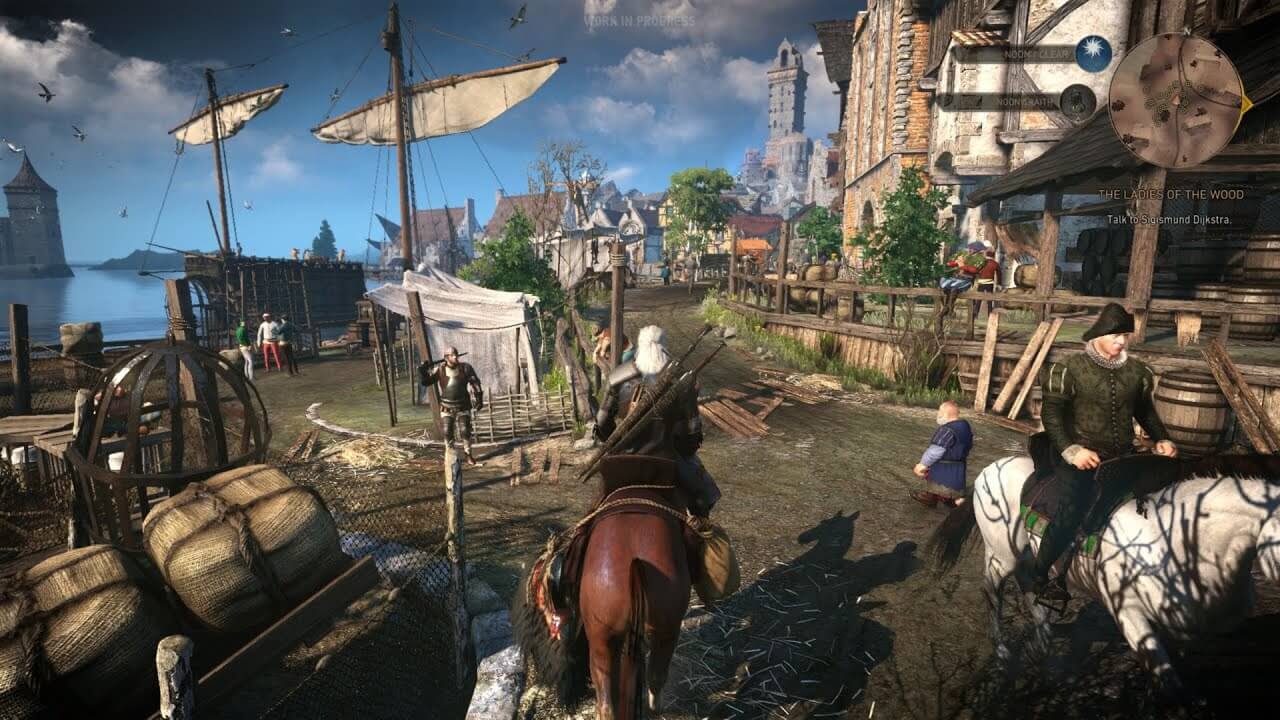
In April 2015, CD Projekt RED announced two major paid DLCs, which exceeded the length of the entire game The Witcher 2: Assassins of Kings. These games as a service weave relatively small (compared to the main game), but independent storylines into the game universe, which are not associated with the main scenario.
As of 2020, the total sales of the game for PC, PS4, Xbox One, and Nintendo Switch reached 28.3 million copies, with 43% of all sales coming from the PC version. The release of the Netflix television series “The Witcher” spurred public interest in the game. In December 2019, its sales increased by 554% compared to December of the previous year, and the number of simultaneous players on Steam exceeded 94,000 – more than the day the game was released in 2015.
Over to You
Games as a service differ from traditional games in their distribution model – the game is free, but the player can pay for extra options that improve their gaming experience. Playing a game that is hosted on a cloud server and streamed is also referred to as GaaS.
Games as a service are mostly multiplayer roleplay games available for console and PC, the most popular ones being World of Warcraft and Fortnite. However, there are also successful examples of mobile GaaS, such as Candy Crush Saga and Pokémon Go.


